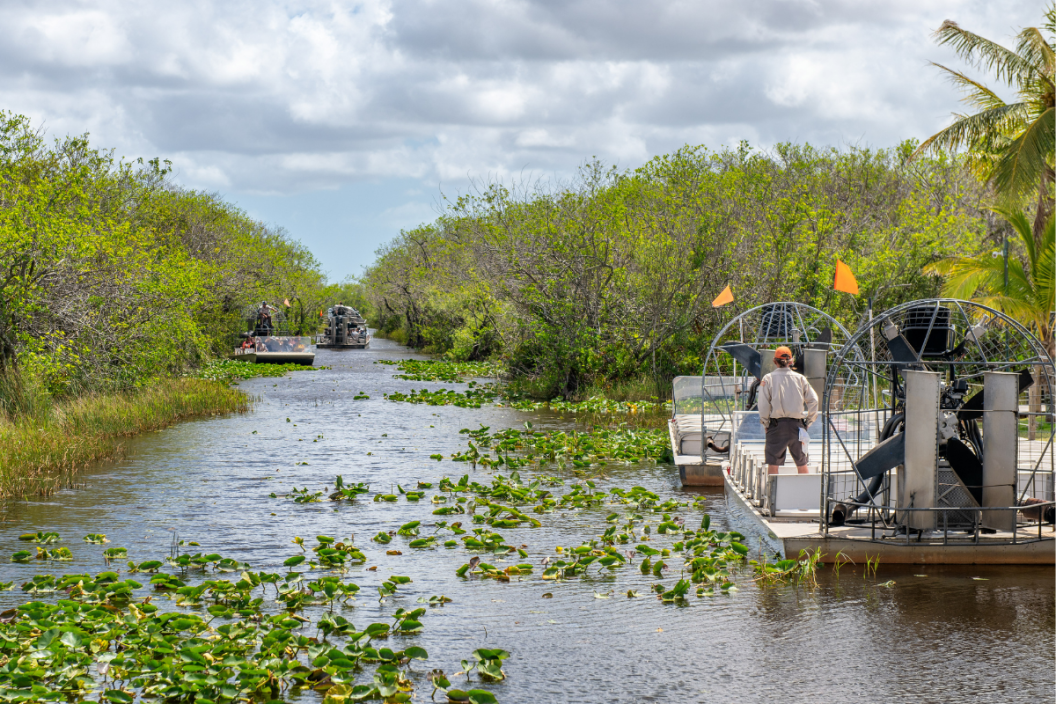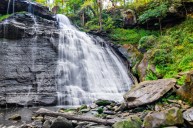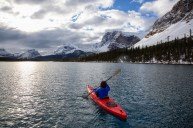The Florida Everglades: you likely have heard of it, but may not know too much about it. Everglades National Park is the largest subtropical wilderness in the United States. The lush but fragile South Florida ecosystem is where common alligators live alongside endangered species like the West Indian manatee and Florida panther. The Everglades offer historical wetlands of utmost importance, that you can explore in a variety of ways. Don't forget your Everglades National Park map; you'll be surprised how hiker-friendly Florida's natural gem is.
History of Everglades National Park
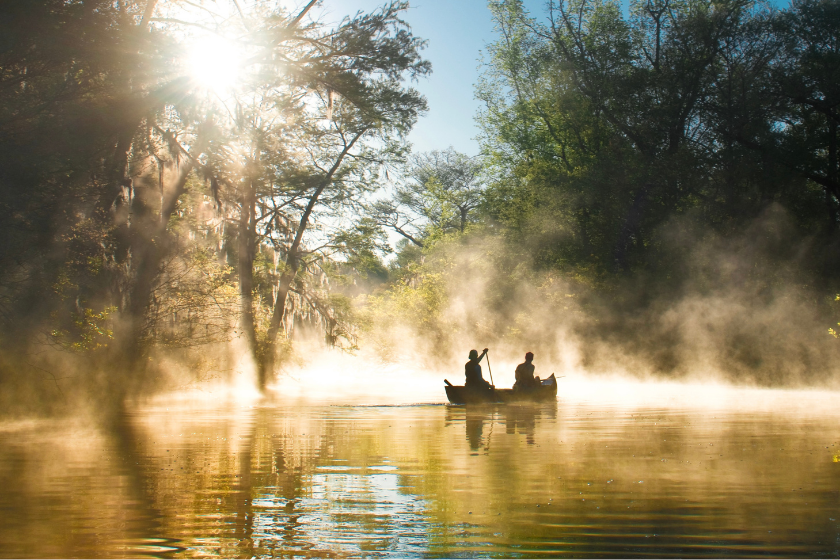
Douglas Rissing via Getty Images
Occupied mainly by the Calusa tribe who used shells to create and build their environment. They created tools, ridges, mounds, platforms, and more out of shells. Not long after Spanish explorers arrived, the Calusa disappeared. After the American Revolution, the Seminole Wars began to try to run the natives out of Florida. After over 30 years of fighting, in 1856, the Seminole relinquished over 2 million acres of land to the US. After the US gained the land, it was used for different purposes for many years, before being dedicated as a National Park in 1947, thanks to the efforts of both Ernest Coe and Marjory Stoneman Douglas.
Everglades National Park Map
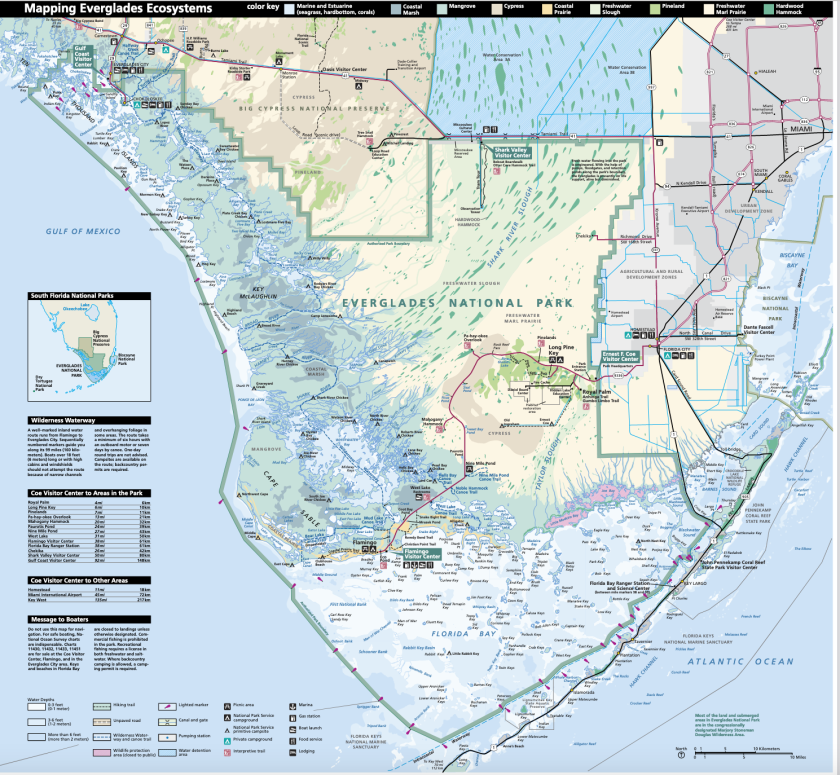
Take a look at any Everglades National Park map, and you'll notice the park has three entrances in three different cities. Which entrance is the best entrance to Everglades National Park? The answer depends on the visitor.
Homestead, the main entrance to the park, is best for on-the-go visitors to the Everglades. The Homestead entrances to the Everglades National Park house the park headquarters, including the Ernest F. Coe Visitor Center and the Flamingo Visitor Center, and the Royal Palm State Park.
All Frontcountry Campgrounds are near the Homestead entrance. Most hiking and biking trails are nearest Homestead. Visitors can expect to see plenty of bird wildlife on trails like Gumbo Limbo Trail and Anhinga Trail. Walk far enough across the boardwalk to Pa-hay-okee Overlook Trail until you reach the observation tower, where hawks and vultures soar overhead. Trust us—the (literal) bird's-eye view of the Everglades is worth the trek.
The Northern entrance is in Everglades City, near Naples, where you will find the Gulf Coast Visitor Center. In between the two is the Miami entrance and the Shark Valley Visitor Center. These are the most popular scenic hiking trails in the Everglades National Park. April through October is considered "Wet Season." Many animals disperse during this time, making it difficult to view them. "Dry Season" (November through March) has more activities, more wildlife viewing, and therefore, is busier.
Perhaps the most unique feature of the Miami entrance is the Shark Valley Tram Tour, a "guided two-hour narrated tram tours are offered along a fifteen-mile loop trail into the River of Grass." 3 airboat businesses offer airboat tours out of Shark Valley.
Pets are permitted in specific areas and must be leashed at all times. They are allowed on roadways open to public vehicular traffic, roadside campground and picnic areas, maintained grounds surrounding public facilities and residential areas, and private boats. They are not allowed on boardwalk trails, unpaved trails, or the Shark Valley Tram Trail.
Each entrance on any Everglades National Park map has its special niche and may help you decide where you want to enter when planning your trip.
Popular Camping Locations
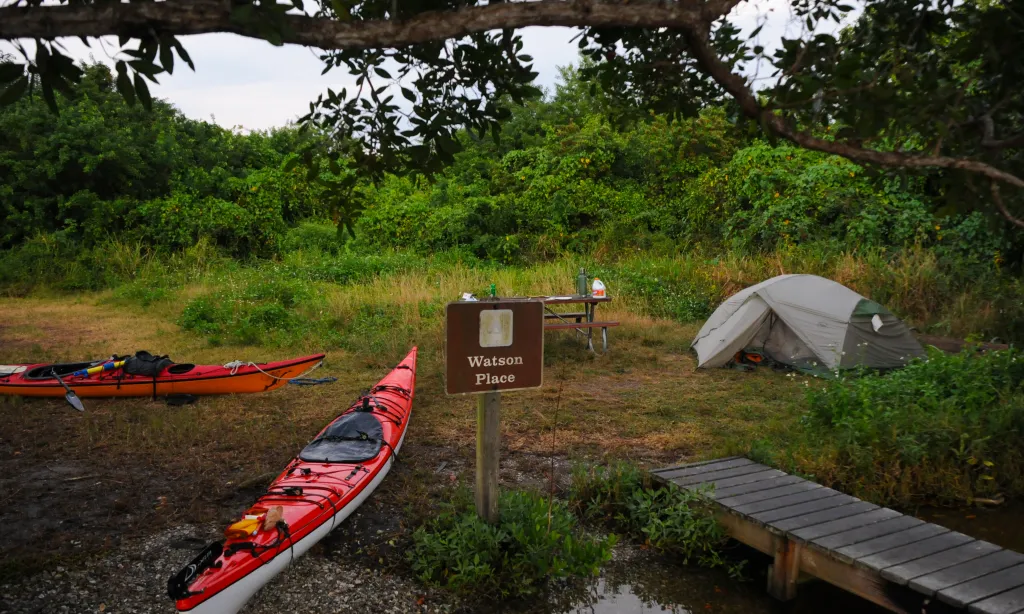
The Watson Place, one of the most famous back country campsites in Everglades National Park. William Dummitt via Getty Images
Frontcountry Camping
The only frontcountry campgrounds are located at the Homestead entrance to the park, the Long Pine Key Campground, and the Flamingo Campground. Both can accommodate RV's. The Flamingo Campground also has a limited number of eco-tents, the Everglades' answer to glamping. Reservations are required.
Wilderness Camping
For a truly unique experience, and for those who are exploring the Everglades via water, wilderness camping is an option. Scattered throughout the wilderness waterway on the western part of the park, wilderness camping sites are accessible via canoe, kayak, or motorboat, and a few are accessible by hiking. The wilderness camping sites are ground sites, beach sites, and elevated camping platforms ("chickees"). You will need a reservation and a permit for wilderness camping.
Paddling Around The Waterways

RJAPHOTO via Getty Images
Whether it is over a couple of hours or several days, discovering the Everglades by waterway is an adventure. Rentals are available, though you may also bring your canoe or kayak.
Day Canoe and Kayak Trips
Flamingo - Located 38 miles south of the Homestead entrance, Flamingo houses 2 paddling trails: Nine Mile Pond and Hell's Bay.
Gulf Coast - accessible on the western part of the park, from the Everglades City entrance, there are 3 paddling trails available:
- The Sandy Island Loop, a more strenuous trail, where you can paddle to Sandfly Island, and explore a Calusa Indian shell mound.
- Turner River Canoe Trail, which begins at Chokoloskee or Big Cypress, and you will paddle through mangrove tunnels, an essential part of the Everglades ecosystem, and a stunning visual.
- Halfway Creek Canoe Trail, which is also accessible via the Everglades City entrance to the park.
Multiple Day Canoe and Kayak Trips
For multiple-day paddling trips, you can utilize Florida Bay and the 10,000 islands, or the wilderness waterway. Be sure to check the map beforehand to plot out your camping stops.
Hiking and Biking
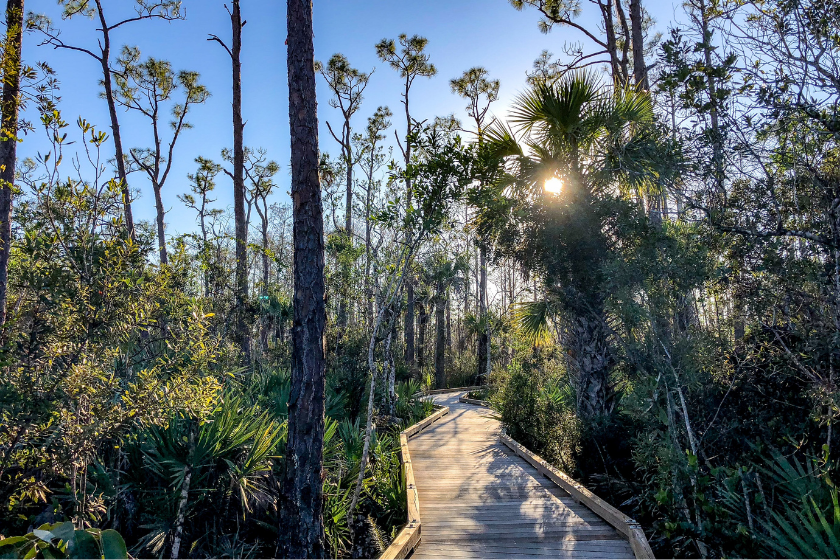
Jaimie Tuchman via Getty Images
Although water trails seem to dominate the Everglades, there are hiking and biking trails as well. Most trails are accessed by the Homestead entrance (Pine Island Trails and Flamingo Trails), although there are a few trails accessed via the Miami entrance (Shark Valley).
Pine Island trails include Ashinga Trail - through a sawgrass marsh, you may see alligators, turtles, anhingas, and other wildlife. Mahogany Hammock Trail - a boardwalk trail that gets its name from the dense, jungle-like hardwood along the trail, and is home to the largest living mahogany tree in the U.S. Flamingo Trails include: Snake Bight Trail - 1.6 miles one way, this trail is another trail filled with tropical hardwood hammocks. Eco Pond Trail - takes you around a freshwater pond where you may spot wading birds, songbirds, alligators, and turtles. Shark Valley Trails include the Otter Cave Hammock Trail, which is a rough limestone trail, and the Bobcat Boardwalk Trail. Two other trails (Coastal Prairie and Long Pine Key Bike Trail) are currently not maintained because of endangered species that inhabit the trails. While they are not closed for use, caution is urged if you do attempt them.
Wildlife at Everglades National Park

jocrebbin via Getty Images
From bird watching to alligator gawking to glimpses of the elusive Florida Panther, wildlife is aplenty in the Everglades. You'll find frogs, birds, deer, bobcats, skunks, minks, and even whales and dolphins living in the park. Not to mention all of the fish and insects. Of course, keep your distance from any wild animals you come across, and never feed them.
Other Nearby Attractions
Big Cypress National Preserve
Biscayne National Park
Have you visited the Everglades National Park? Share your trip on our Wide Open Roads Facebook!
